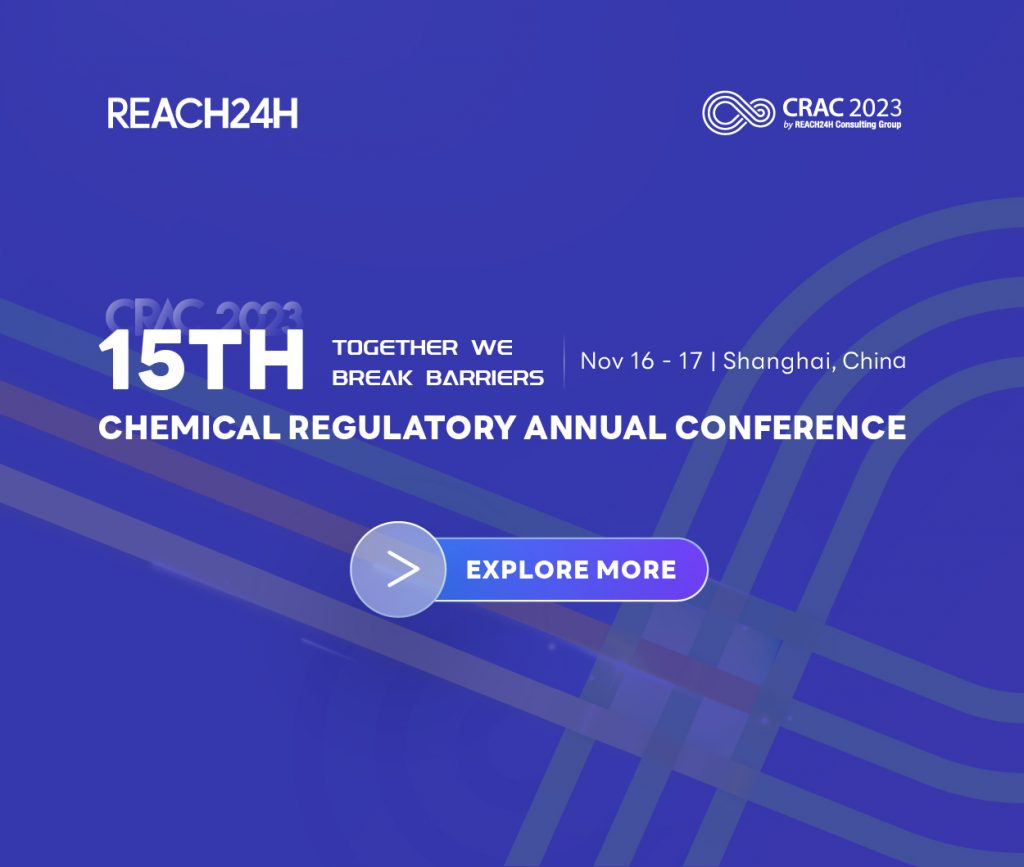Pesticide Risk Assessment
Overview of Pesticide Risk Assessment (RA) Regulation in China
In China, the pesticide applicants should provide relevant data and conduct risk assessment for their pesticide products according to the Regulation “Pesticide Administration” (Decree No. 326). Generally, four types of pesticide risk assessment as follows are required to evaluate the safety of pesticide products registered in China:
- Health risk assessment
- Dietary risk assessment
- Environmental risk assessment
- Pesticide resistance risk assessment
Risk managers (e.g., ICAMA) then use this information to help them decide whether the application of certain pesticides is enough safe for humans and the environment.
Pesticide Risk Assessment Procedures
Pesticide health risk assessment, dietary risk assessment, and environmental risk assessment are classified as quantitative risk assessment, and these types of risk assessment includes four steps,
Pesticide resistance risk assessment belongs to qualitative risk assessment, and this kind of risk assessment is heavily depended on expert judgment or other non-quantitative methods. Then, the resistance risk will be described as: “high”, “medium” or “low”.

Health Risk Assessment
The main purpose of pesticide health risk assessment is to assess the probability and severity of adverse effects caused by exposure to pesticides for Mixer/Loader and Applicator.
The procedure for conducting and evaluating health risk assessment is as below:
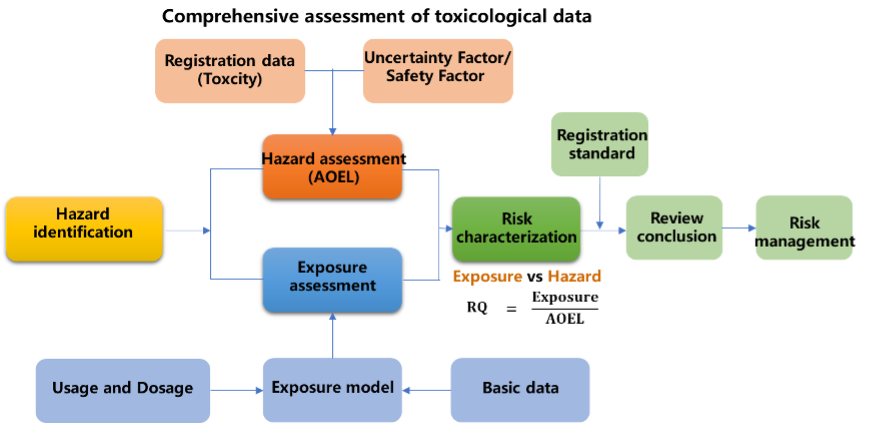
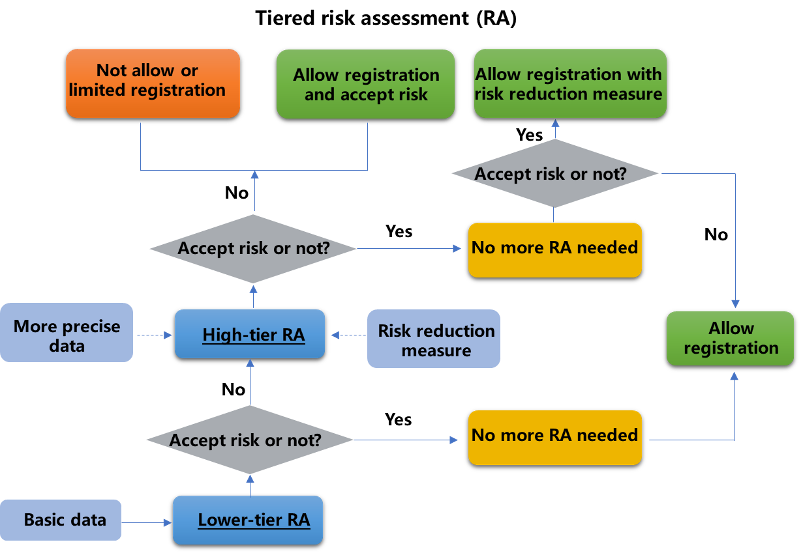
The models for human health risk assessment in China includes:
- COPrisk for plant protection products (Scenarios of spray applications)
- Health Repellents Risk Assessment Model for Repellents
- Health Pesticide Risk Assessment Model for Aerosols
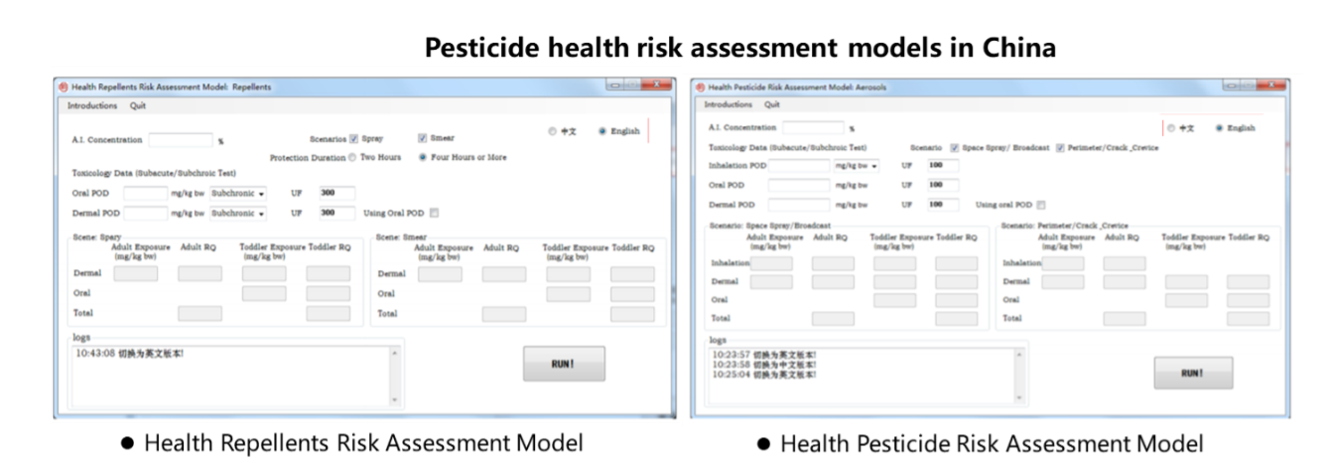
Environmental risk assessment
The environmental risk assessment focuses on the impact of the active ingredients of pesticides entering the environment on the entire ecosystem. The protected targets in the China pesticide environmental risk assessment include aquatic ecosystems (fish, daphnia, algae), birds, honeybees, silkworms, underground water, non-target organisms (predator and parasitism) and soil organisms (earthworm and micro-organisms).
We use a number of models to characterize substance properties that relevant to their environmental fate and estimate the predicted environmental concentration (PEC) in soil, groundwater, and surface water. The PEC values calculated are applied by us to conduct environmental risk assessments based on characterization of exposure and effects.
The procedure for conducting and evaluating environmental risk assessment is as below:
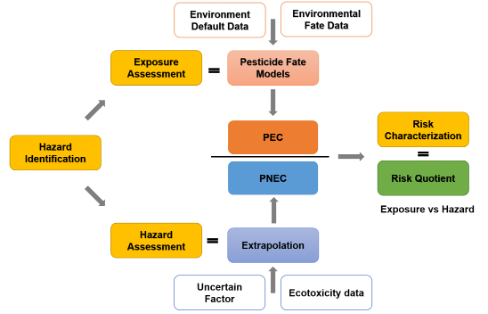
The models for environmental risk assessment in China include:
- TOP-Rice
- China-PEARL
- PECSoil
- PREASS, etc.
Our services
- Human health risk assessment
- Environmental risk assessment
- Dietary risk assessment
- Pesticide resistance risk assessment
- Identify relevant metabolites
- Identify relevant impurities
- Establishment of the residue definition
- Study monitoring
Our strengths
- Experienced Expert Team Support
- Strict Quality Control System
- Close Collaboration with Plenty of Experts and Predominant Laboratories
- Good Communication with China Authorities
- Fast Response to Clients Inquiries and Controlling Cost
- Obeying the Code of Ethics, Respecting the Confidentiality and Privacy of our Clients
- Excellent Project Management
